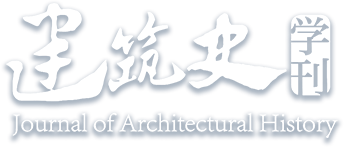Abstract:
This paper investigates the evolution of
dougong structures in the official buildings of Beijing during Ming and Qing dynasties, focusing specifically on the South-Three Courts area of the Forbidden City. By analyzing historical literature and data spanning from Ming to Qing, the study reassesses the architectural history of the South-Three Courts, particularly the first courtyard housing the three main halls. Through a comparative examination of
dougong shapes and historical records, the study suggests that the construction in this area likely dates back to the Wanli period of Ming, around the twenty-eighth year (1600), rather than being a product of the commonly accepted Qing dynasty renovation in the eleventh year of the Qianlong (1746).


 下载:
下载: